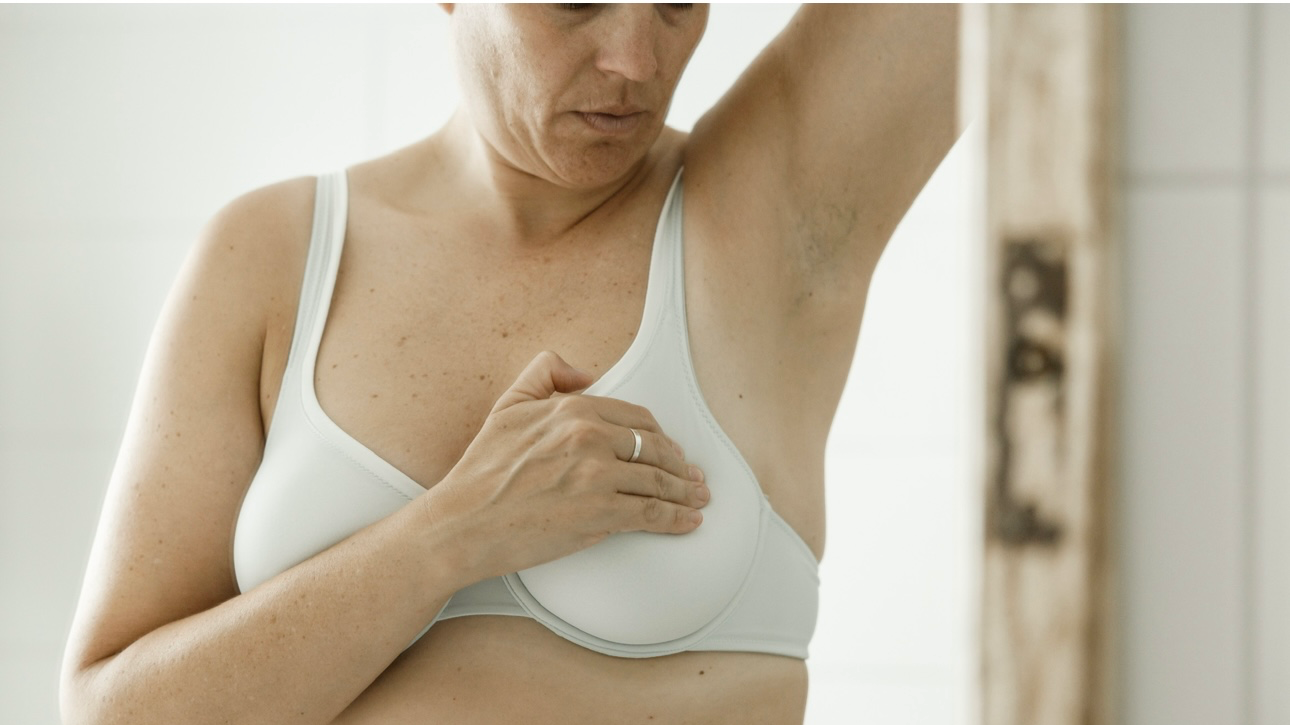Breast Pain During Menopause: Causes, Management, and Relief
Menopause is a natural biological process that marks the end of a woman’s reproductive years. It is characterized by a variety of physical and hormonal changes, including the potential for breast pain or discomfort. Breast pain during menopause can be distressing and concerning for many women. In this article, we will explore the causes of breast pain during menopause, discuss management strategies, and provide insights into finding relief.
Understanding Breast Pain During Menopause:
Breast pain, also known as mastalgia, is a common symptom experienced by women during menopause. It can manifest as a dull ache, tenderness, or sharp pain in one or both breasts. Breast pain can range from mild to severe and may be intermittent or constant. Understanding the causes of breast pain during menopause is essential in finding effective management strategies.
Causes of Breast Pain During Menopause:
1. Hormonal Changes: Fluctuations in hormone levels, specifically estrogen and progesterone, can contribute to breast pain during menopause. These hormonal changes can cause breast tissue to become more sensitive and tender, leading to discomfort.
2. Fibrocystic Changes: Menopause can also coincide with fibrocystic changes in the breasts. This condition involves the development of non-cancerous lumps or cysts in the breast tissue, which can cause breast pain or tenderness.
3. Breast Tissue Aging: As women age, the composition of breast tissue changes. The glandular tissue in the breasts decreases, while fatty tissue increases. These changes can contribute to breast pain or discomfort.
4. Medications and Hormone Therapy: Certain medications, such as hormone replacement therapy (HRT), can affect breast tissue and contribute to breast pain. It is important to discuss any medications or hormone therapies with a healthcare professional to determine if they may be contributing to breast pain.
Managing Breast Pain During Menopause:
1. Wear a Supportive Bra: Wearing a well-fitting, supportive bra can provide relief and reduce breast pain. Choose bras with wide shoulder straps and good breast support to minimize discomfort.
2. Apply Heat or Cold Packs: Applying heat or cold packs to the breasts can help alleviate pain and reduce inflammation. Experiment with both heat and cold to determine which provides the most relief.
3. Reduce Caffeine Intake: Caffeine has been known to contribute to breast pain and tenderness. Limiting or avoiding caffeine-containing beverages, such as coffee and tea, may help alleviate symptoms.
4. Maintain a Healthy Weight: Maintaining a healthy weight can help reduce breast pain during menopause. Excess body fat can contribute to hormonal imbalances, exacerbating breast pain. Engage in regular physical activity and follow a balanced diet to support overall health and well-being.
5. Practice Stress Management: Stress can worsen breast pain and other menopause symptoms. Incorporate stress management techniques into your daily routine, such as meditation, deep breathing exercises, or engaging in activities that bring you joy and relaxation.
6. Avoid Tight Clothing: Wearing tight clothing, especially around the chest area, can increase discomfort and exacerbate breast pain. Opt for loose-fitting clothing that allows for proper circulation and minimizes pressure on the breasts.
7. Consider Natural Remedies: Some women find relief from breast pain through natural remedies such as evening primrose oil, vitamin E supplements, or herbal teas. However, it is important to consult with a healthcare professional before trying any new remedies or supplements.
8. Regular Breast Self-Exams and Mammograms: It is important to continue practicing regular breast self-exams and scheduling mammograms as recommended by your healthcare provider. Regular breast screenings can help detect any changes or abnormalities in breast tissue and ensure early detection of potential issues.
When to Seek Medical Attention:
While breast pain during menopause is often benign, it is important to seek medical attention if you experience any of the following:
– New, persistent, or worsening breast pain
– Breast lumps or changes in breast texture
– Nipple discharge or changes in nipple appearance
– Redness, swelling, or warmth in the breast
Breast pain during menopause is a common symptom that can cause significant discomfort and concern for women. Understanding the causes and implementing appropriate management strategies can help alleviate breast pain and improve overall well-being during this transitional period. It is important to consult with a healthcare professional to determine the underlying cause of breast pain and to discuss any concerns or changes in breast health. With proper care, support, and attention to breast health, women can navigate menopause with greater comfort and peace of mind.











